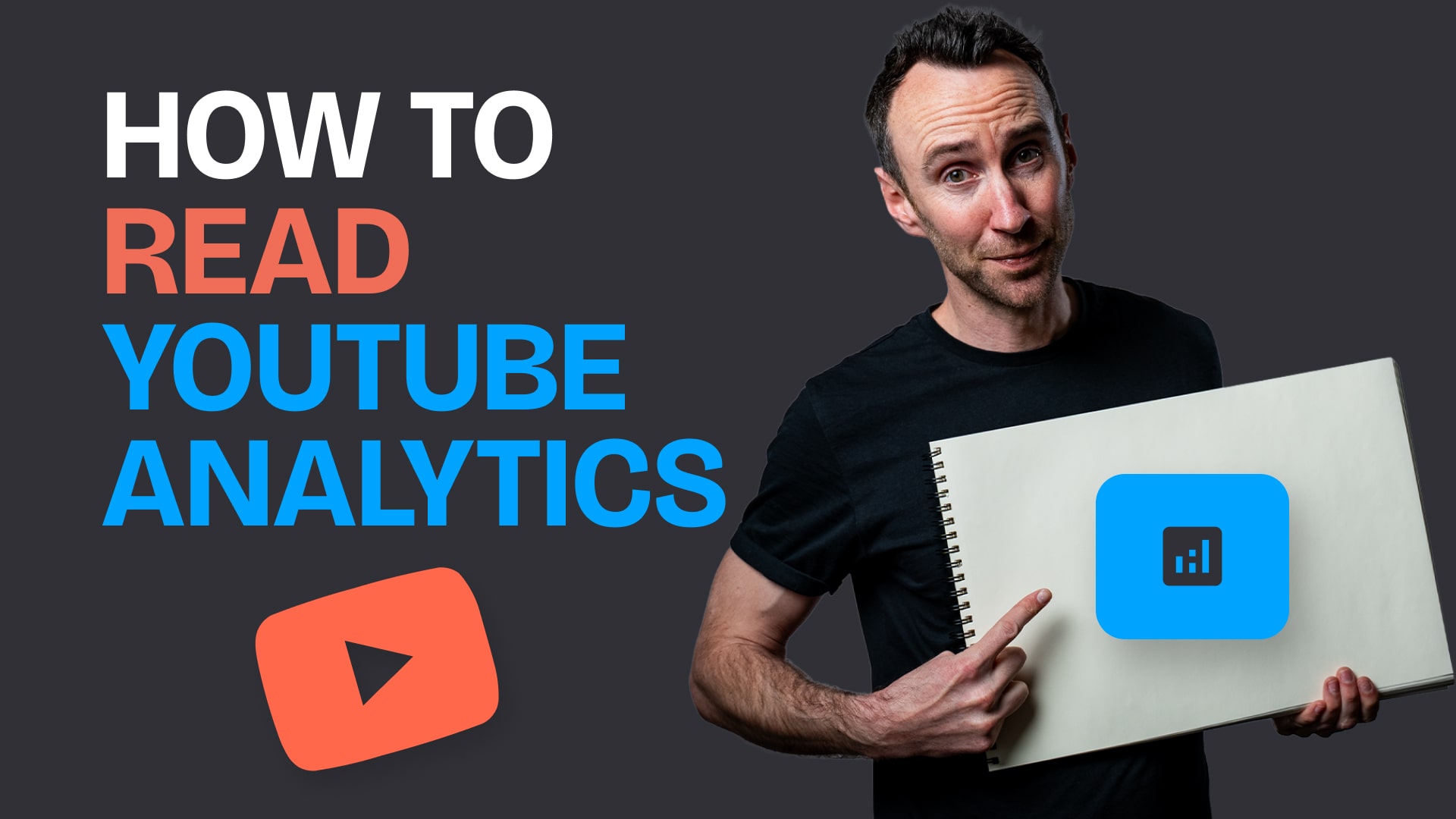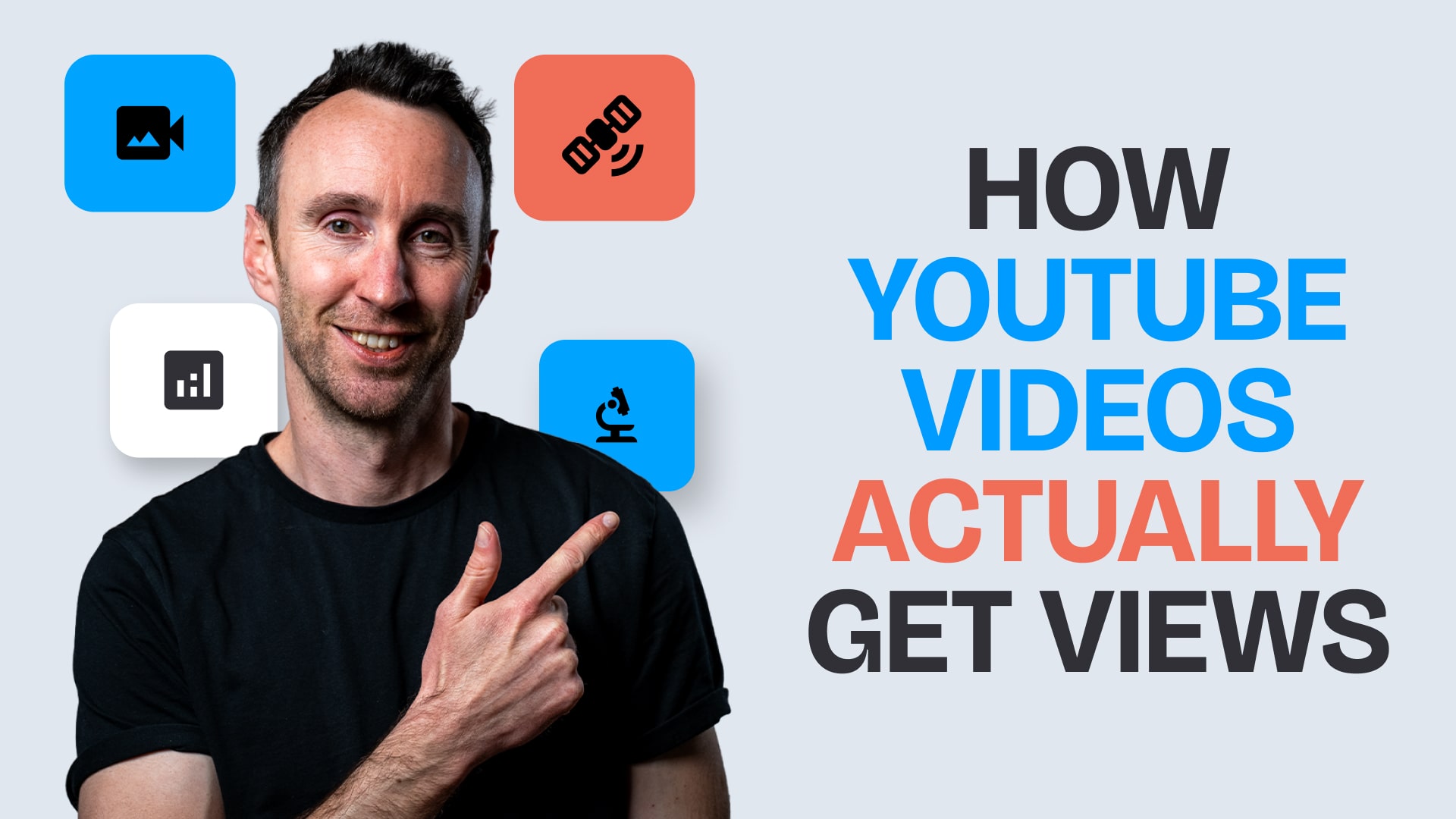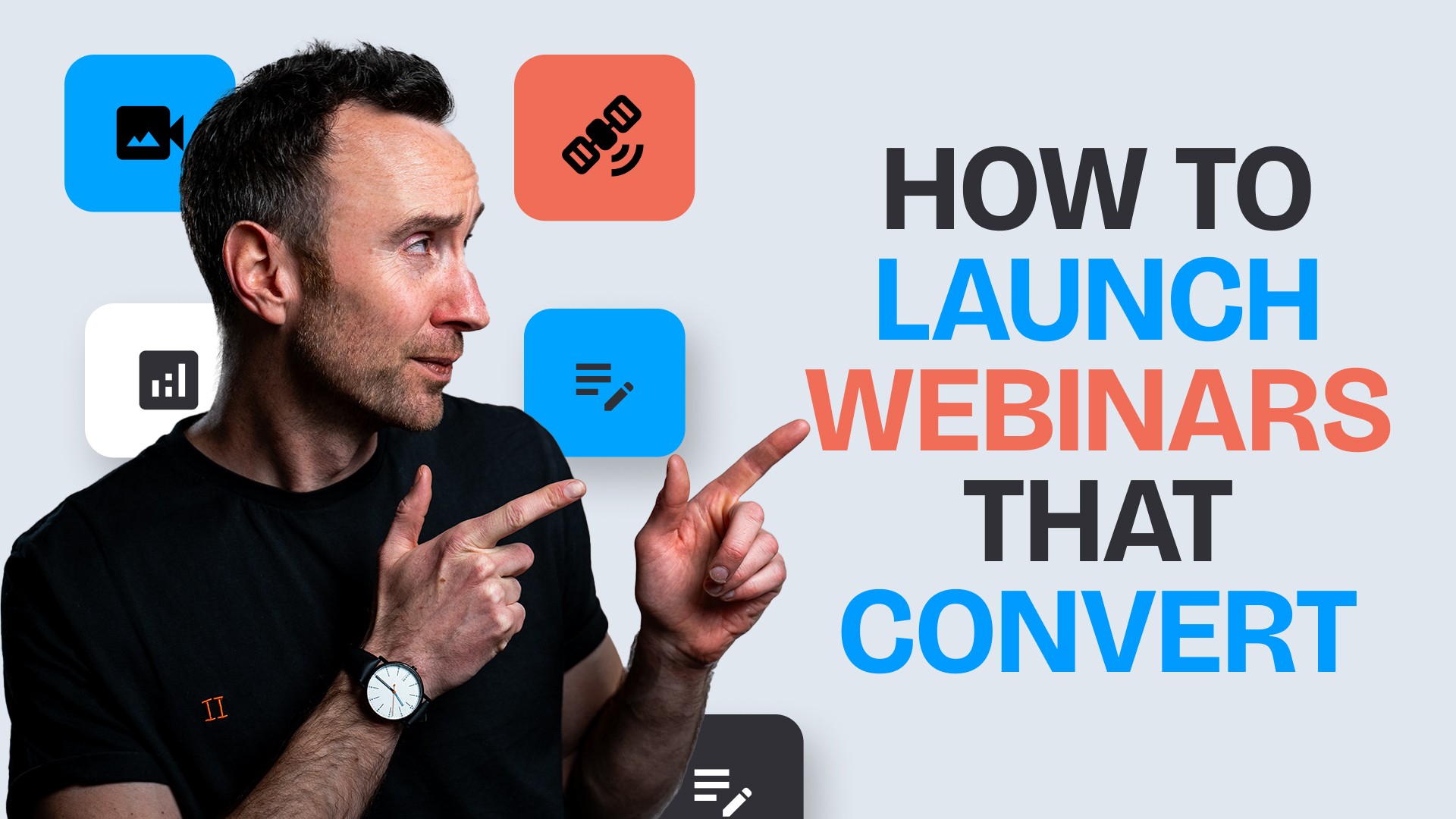
BLOG OVERVIEW
How to Read YouTube Analytics Like You Know What You're Doing
In
YouTube
by
Edward Wood
Jul 29, 2025
It’s easy to get distracted by the bright lights of YouTube metrics. Views. Watch time. Subscribers. Even average view duration, if you’re feeling fancy. And while none of these numbers are bad per se, none of them are particularly useful if you’re trying to grow a business rather than just a channel.
Because here’s the thing most people miss: YouTube is not just a platform for creators. It’s a remarkably powerful, remarkably underutilized engine for demand generation—if you know how to treat it like one.
To prove the point, let me introduce you to Jan Meinecke, co-founder of 9x. Jan runs an AI and automation agency here in Berlin that’s quietly turning YouTube into a high-converting customer acquisition funnel. But not in the “we put a Calendly link in the description and crossed our fingers” kind of way. No, Jan’s team has built an actual data pipeline—from viewer to click to conversion—so they can tell you, with embarrassing precision, which individual video sent which lead to which landing page.
It’s the kind of setup most marketing teams dream of. So let’s pull back the curtain.
The Case of the Underperforming Overachiever
Let’s start with a story.
One of 9x’s tutorial videos barely scratched 2,000 views. No comments. No viral pickup. On the surface, a total dud. But when Jan sorted their data by conversions—not views, not subs, but actual leads—it ranked in the top three.
Why? Because it quietly outperformed every other video in the only metric that really mattered: it turned viewers into subscribers. Not the kind that hit the bell icon, but the kind that hand over an email address and opt into a relationship with your brand.
That one “flop” video was a tutorial. It had a clear use case. A companion landing page. Downloadable prompts. A single, natural call-to-action. And a viewer journey that moved seamlessly from YouTube to the 9x site without ever feeling like a funnel.
And therein lies the lesson.
Not All Views Are Created Equal
The team at 9x has developed what might be the world’s least sexy but most effective content strategy: measure the performance of your YouTube videos by the actions people take after watching, not just what they do during.
Which means they track:
UTM-tagged links in the description
Click-throughs from each individual video
Whether that click resulted in a newsletter sign-up or template download
And whether that person eventually became a lead or customer
That’s all stitched together using BigQuery, RudderStack, and a few fairly elegant automations that track conversion events by video ID.
The result is a dashboard that tells them, in plain English: this video drove 17 leads. This one drove three. This one drove none. Suddenly, they’re not guessing what works—they know what works.
And that changes everything.
The Three Types of Content That Keep Their Funnel Moving
As you’d expect, not all video types perform equally across the funnel. Here’s what 9x has figured out:
First, you have the search-driven utility videos. Think “how to get your API key” or “set up your first Make automation.” These tend to drive a ton of traffic—especially from Google—but very few conversions. They solve a single, specific problem, quickly. But they don’t build much of a relationship.
Next, the breaking news videos. Fast takes on big updates in the AI world—like a ChatGPT release or a Notion integration. These rack up views and subscribers, often overnight. Great for top-of-funnel momentum, but still not great at driving leads.
And then you have the tutorial + template videos. These are the quiet performers. They tend to look less impressive in YouTube Studio, but they punch way above their weight when you sort by click-throughs and conversions. Why? Because they deliver immediate value—and a reason to click.
They also make it easy to say “yes.” The call-to-action isn’t a hard sell. It’s “copy this prompt” or “grab the template.” Not “book a demo.” And because the value exchange is so clear, the conversion rate is sky-high—upwards of 15% on some videos.
Which, in YouTube terms, is bananas.
Turning Watchers Into Leads (Without Breaking the Flow)
If you’ve ever sat through a YouTube video that felt more like a sales pitch than a tutorial, you’ll know how quickly audiences check out. 9x does the opposite.
Every tutorial video has a link in the description—usually right at the top—to a companion page on their site. That page hosts the same tutorial, written out step-by-step, often with screenshots and additional prompts. It’s a genuine value-add. And to access the full thing? You just need to pop in your email.
It’s clean. It’s frictionless. And it works.
Once someone signs up, they might also be invited to a live workshop. Or nudged toward a free intro course. Over time, they’re pulled deeper into the 9x ecosystem—not by brute force, but by stacking little moments of value.
There’s no golden funnel here. No single lead magnet to rule them all. Just a thoughtful ecosystem of content and offers that meet the viewer where they are.
The Role of AI in the Whole Operation
Given 9x’s focus on AI, it won’t surprise you to learn they use it liberally in their own workflow. But not just for the reasons you might think.
Yes, AI helps draft YouTube scripts. And yes, it helps turn raw transcripts into polished summaries or pull quotes. But the real unlock is how it shortens the distance between idea and execution.
Before shooting a video, Jan and the team will often run a title idea through GPT to see if there’s demand. Or ask it to compare two different hooks for engagement potential. They’ve even started training an internal agent to analyze competitors' channels for standout videos in their niche, so they can spot under-explored opportunities before the wave hits.
And while most of their best-performing ideas still come from lived experience—especially the stuff they build in-house for clients—AI’s helping refine those ideas, package them, and bring them to market faster than ever.
Think of it as the co-pilot. Not the engine.
If You’re Serious About YouTube (and Business), Start Here
The takeaway from all this isn’t that you need to rebuild your data stack or run out and learn SQL.
It’s that if you’re using YouTube to grow your business, you need to start measuring what matters. Not what flatters.
That means:
Identifying which videos actually drive leads, not just views
Tracking what happens after someone clicks your link
Designing CTAs that feel natural, not needy
Building a lightweight, lead-generating ecosystem around your content
Because your best-performing video? It might not be the one with the biggest spike. It might be the one that quietly converted five strangers into email subscribers. Who joined your live workshop. Who bought your course. Who brought a friend.
That’s the kind of growth YouTube can deliver—if you stop looking at it like a vanity metric machine, and start treating it like the funnel it really is.




